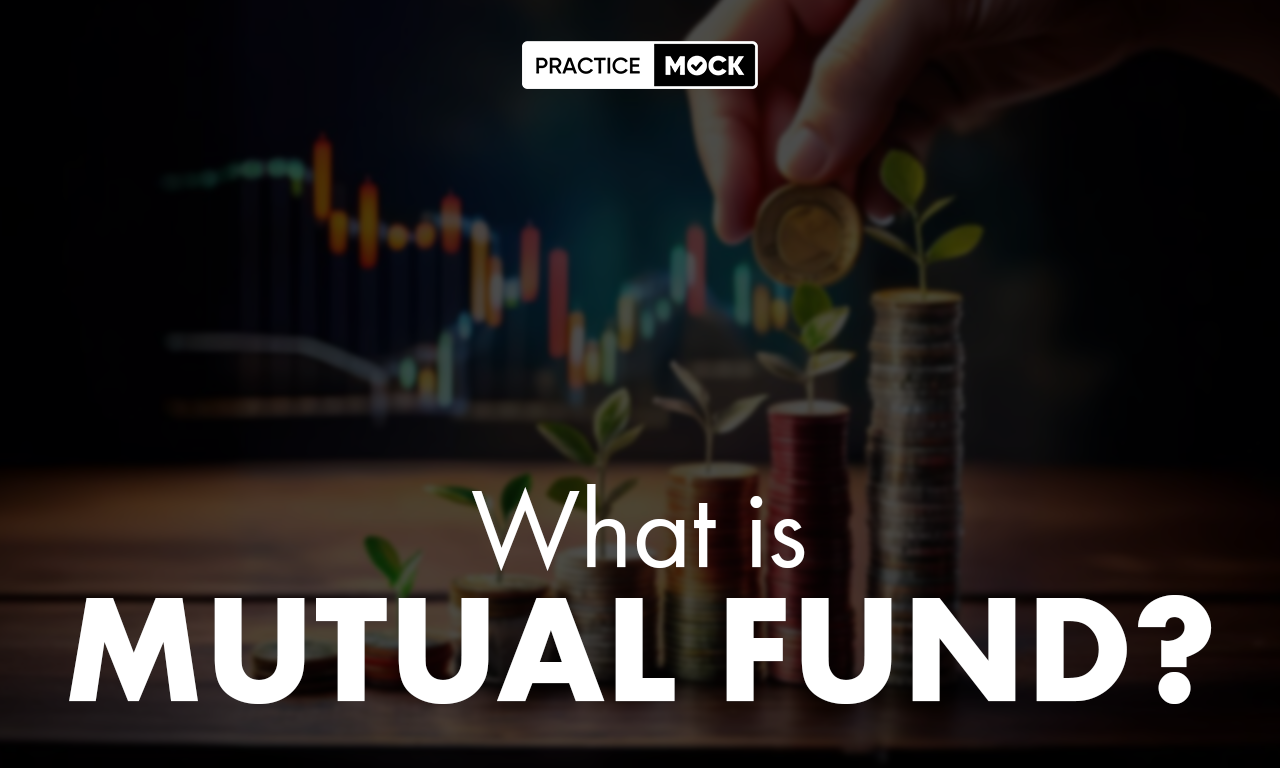Types Of Money, Check All Types


Money, an integral part of our daily lives, comes in various forms that have evolved over centuries. Understanding these types of money is crucial not just for economists but for anyone navigating the modern financial landscape. Let’s delve into the fascinating world of money, exploring its various forms and their significance.
Introduction
Money is more than just coins and banknotes. It is a medium of exchange, a unit of account, a store of value, and sometimes a standard of deferred payment. Throughout history, the forms of money have evolved significantly, reflecting changes in society, technology, and economics. Today, we’ll explore the different types of money, from traditional forms to modern digital currencies.
Commodity Money
- Definition And History- Commodity money refers to money that has intrinsic value. This means the item itself has value and can be used for purposes other than as a medium of exchange.
- Examples-
- Gold and Silver: Historically, gold and silver coins have been widely used due to their intrinsic value and durability.
- Other Commodities: Items such as salt, tobacco, and cattle have also served as commodity money in various cultures.
Fiat Money
- Definition- Fiat money is currency that a government has declared to be legal tender, but it is not backed by a physical commodity. Its value comes from the trust and acceptance of the people who use it.
- Examples-
- Paper Money: Most modern currencies, like the US Dollar, Euro, and Yen, are fiat money.
- Coins: While coins were once made of valuable metals, today they are often made of base metals and hold value by government decree.
Representative Money
- Definition- Representative money represents a claim on a commodity that can be redeemed. It itself does not have intrinsic value but can be exchanged for something of value.
- Examples-
- Gold Certificates: In the past, gold certificates could be exchanged for a specified amount of gold.
- Silver Certificates: Similar to gold certificates, these could be redeemed for silver.
Bank Money
- Definition- Bank money, or demand deposits, is money held in checking accounts at banks. It can be withdrawn on demand or transferred by writing a check or using a debit card.
- Examples-
- Checking Accounts: Money that can be accessed via checks or debit cards.
- Savings Accounts: While not as liquid as checking accounts, savings accounts also represent bank money.
Electronic Money
- Definition- Electronic money, or e-money, refers to money stored electronically. This form of money is increasingly popular in the digital age.
- Examples-
- Credit and Debit Cards: These cards facilitate electronic transactions.
- Online Banking: Transfers and payments made through internet banking.
- Mobile Payments: Services like Apple Pay, Google Wallet, and Samsung Pay.
Digital Currencies
- Definition- Digital currencies are a form of currency that exists only in digital form and are not tangible like fiat money or commodities.
- Examples-
- Cryptocurrencies: Bitcoin, Ethereum, and other cryptocurrencies are decentralized and use blockchain technology.
- Stablecoins: Digital currencies pegged to a stable asset like the US Dollar to reduce volatility.
Central Bank Digital Currencies (CBDCs)
- Definition- CBDCs are digital versions of a country’s fiat currency, issued and regulated by the central bank.
- Examples-
- Digital Yuan: China’s central bank digital currency.
- Digital Euro: An initiative by the European Central Bank.
Local Currencies
- Definition- Local currencies are currencies used within a specific locality or community, often aimed at encouraging local spending and supporting local businesses.
- Examples-
- Bristol Pound: Used in Bristol, UK.
- BerkShares: Used in the Berkshire region of Massachusetts, USA.
Virtual Currencies
- Definition- Virtual currencies are digital representations of value issued and controlled by developers, and used and accepted among members of a specific virtual community.
- Examples-
- Gaming Currencies: Currencies like V-Bucks in Fortnite or Gold in World of Warcraft.
- Social Media Currencies: Platforms like Facebook have experimented with their own virtual currencies.
Mobile Money
- Definition- Mobile money is a technology that allows people to receive, store, and spend money using a mobile phone.
- Examples-
- M-Pesa: Widely used in Kenya for mobile banking and microfinancing.
- Paytm: Popular in India for various digital payments.
Barter System
- Definition- The barter system is the direct exchange of goods and services without the use of money.
- Examples-
- Historical Use: Before money was invented, people bartered goods and services directly.
- Modern Use: Some communities and online platforms still use bartering today.
Conclusion
Money has taken many forms throughout history, evolving from tangible commodities to intangible digital currencies. Each type of money has its unique features, advantages, and challenges. Understanding these forms helps us appreciate the complexities of the financial systems that underpin our economies.
Types Of Money FAQs
Ans. Fiat money has no intrinsic value and is backed by government decree, while commodity money has intrinsic value due to the material it is made from.
Ans. Digital currencies are decentralized and use blockchain technology, while electronic money refers to digital representations of fiat currencies stored in electronic systems.
Ans. Stablecoins are digital currencies pegged to a stable asset like the US Dollar to minimize price volatility.
Ans. Local currencies encourage spending within a community, supporting local businesses and economies.
Recent Posts
Double Pie Chart DI for RRB PO 2025, Check How to Solve 5 Questions set in 3 Minutes?
In this article we article we are providing the Double Pie Chart DI for RRB…
Order and Ranking for RRB PO 2025, Tips to Solve Problems
In this article we are providing the Order and Ranking for RRB PO 2025. Candidates…
SSC Stenographer 2025 Exam Preparation: Detailed Plan
This blog has provided the SSC Stenographer 2025 Exam Preparation. Candidates must go through the…
South Indian Bank Recruitment 2025 Notification Out, Check SIB Junior Officer, Syllabus, Exam Date (Expected)
South Indian Bank Recruitment 2025 Notification Out, check all details related to the recruitment, exam,…
NIACL Apprentice Recruitment 2025 Short Notification Out, Check Salary and Perks
The NIACL Apprentice Recruitment 2025 Short Notification has been released on their official website for…
SBI PO Mains Result 2025 Out, Check Clerk Result Expected Date
The SBI PO Mains Result 2025 has been released on their official website. Candidates can…



